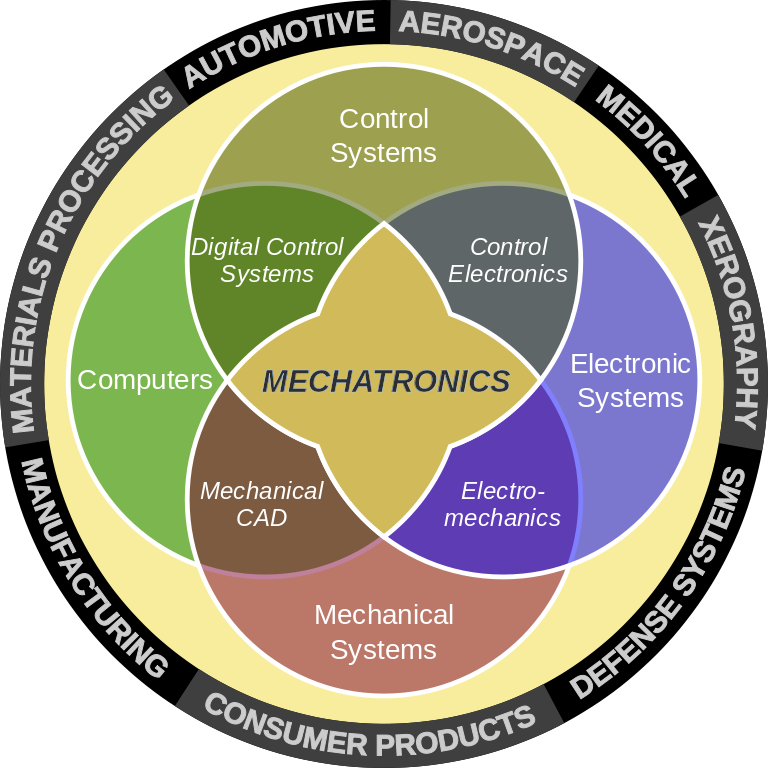Norway is not known for its DIY culture. Because of this, a major obstacle is obtaining hardwoods suitable for making furniture. As far as I am aware, my closest lumber yard offering hardwoods is located 120 km away in Trondheim: Nilsson Trelast. The selection of hardwoods available there is limited to ash, birch and oak.
An alternative approach is to use oak material made especially for shelving and kitchen counters, and to cut this into suitable strips. Shelving is typically 18 mm thick and in a variety of widths including 200 and 300 mm. These are available in 800, 1200 and sometimes up to 2100 mm lengths. Kitchen counters are 25 mm thick 600 mm wide and 2400 mm long. These materials are available from Biltema: http://www.biltema.no/no/ and Clas Ohlson https://www.clasohlson.com
A third source of materials is to re-purpose existing furniture. Yesterday, we visited four used stores in Levanger. There I found in total one oak table that could have been re-purposed.
If I could select any type of hardwood for my current furniture projects, I would choose beech. My second choice would be birch. At the present time, I cannot find these materials in suitable dimensions. Thus, I am reduced to using either oak, pine or spruce.
Pine has two major problems associated with it. First, pine scratches and dents easily. It is extremely soft, even writing on a pine surface can leave imprints on the wood below. Second, it darkens with exposure to sunlight. This means that what you see, is not what you get, at least over time. Related to this is a problem with knots. These need to be specially treated before use.
Spruce is a better product than pine, but is still not suited for the furniture projects I am interested in doing.
I am using oak as a default material. My hope is to locate sources of beech and birch. In North America, one of the most commonly available hardwoods is Maple. Yet, this is not available in Norway, despite growing here in copious quantities.
The following list of traits of hardwoods and softwoods expresses generalities. There are many exceptions.
| Hardwood | Softwood | |
| Source | Deciduous trees | Coniferous trees |
| Main use | Furniture and detailing, including doors and floors. | Construction including studs, joists, rafters (building framework) and paneling and siding. |
| Cost | Relatively more expensive than softwoods. | Relatively less expensive than hardwoods. |
| Density | Higher density than softwoods. | Lower density than hardwoods. |
| Areas found | Found almost everywhere. | Temperate northern hemisphere. |
| Growth Rate | Slow. | Fast. |
| Other properties | Harder and more dense (with exceptions such as Balsa). Greater durability. | Softer and less dense. Lower durability. More knotty. |
| Notable species | Temperate areas: Ash, Beech, Birch, Elm, Maple, Oak, Walnut. Tropical areas: Balsa, Mahogany, Teak | Cedar, Douglas Fir, Pine Spruce |
This weblog post was updated 2021/12/21. to eliminate Weeds from the title. This post formed part of a Needs, Seeds and Weeds website that belonged to my daughter, Shelagh. In addition, other things are also out of date, or my opinions have changed. Apart from the title, updating the text to a block format and other minor formatting changes, the text above this paragraph remains as it was before. Any significant content changes are found below this paragraph.






